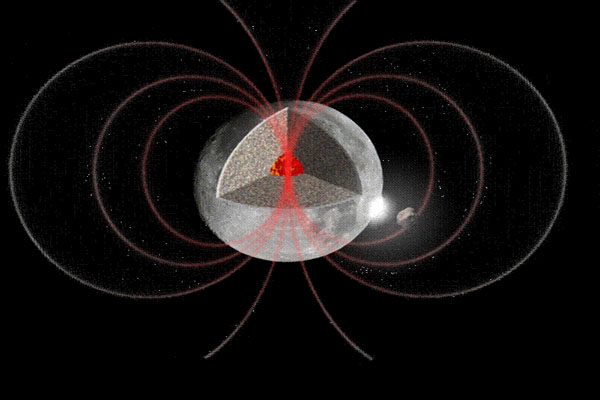Lightworkers.org, Charles Q. Choi (SPACE.com), 05/23/2013

The moon generated a surprisingly intense magnetic field until at least 3.56 billion years ago, 160 million years longer than previously thought, a new study reports. These findings could shed light not just on the magnetic field of the moon, which is now extremely weak, but on that of asteroids and other distant worlds, investigators added.
Earth’s magnetic field is created by its internal dynamo, which itself is generated by the planet’s churning molten metal core. Research increasingly suggests that the moon once had a dynamo as well, with evidence of magnetism found in lunar rocks returned by Apollo astronauts. Models of the moon’s core suggest its dynamo should have lasted only until about 4.1 billion years ago. However, last year, scientists revealed that the moon possessed a magnetic field for much longer than previously thought, with a powerful dynamo in its core from 4.2 billion years ago to at least 3.72 billion years ago.